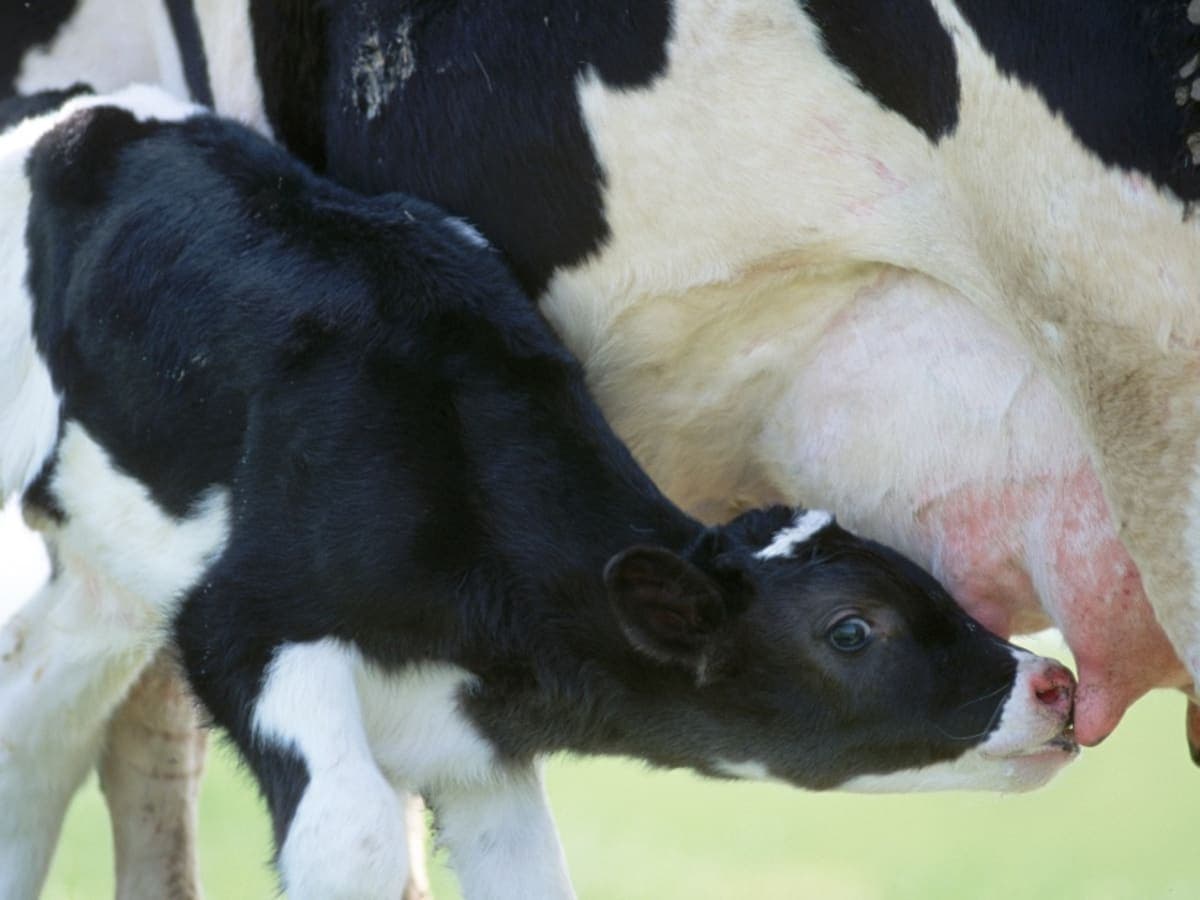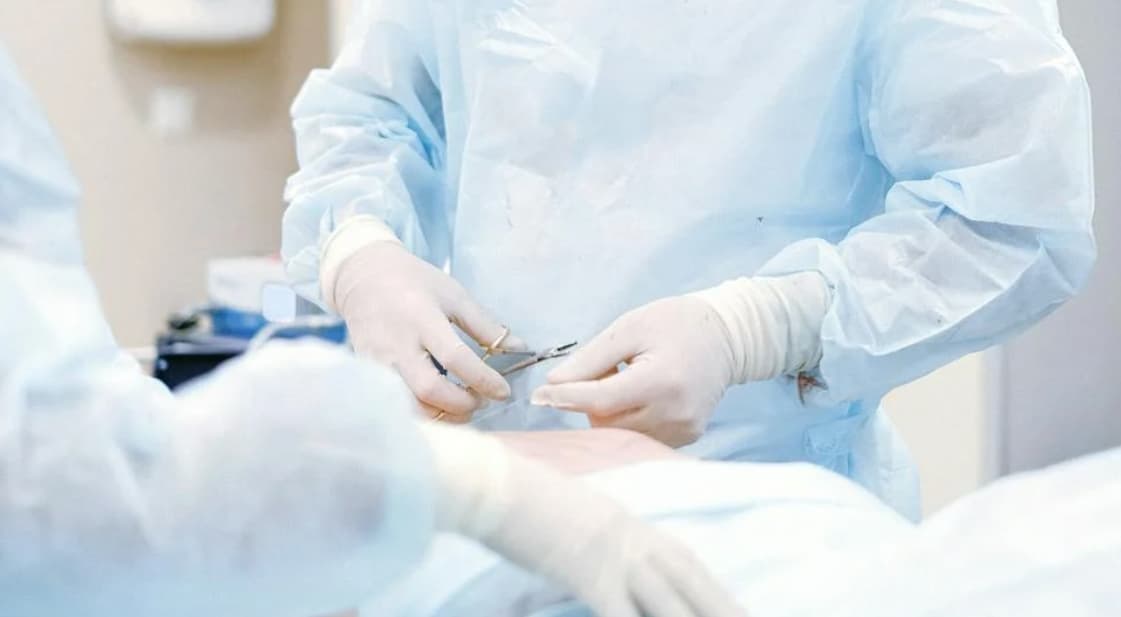Amorphus Globosus represents a notable anomaly within the field of veterinary medicine. This condition manifests as a malformation predominantly in domestic cattle, although instances have been noted in other livestock and, rarely, in humans.
Definition and Characteristics
Derived from the Greek word ‘amorphē’ meaning ‘formless’ and the Latin term ‘globus’ for ‘sphere,’ Amorphus Globosus, also referred to as globosus amorphus or amorphus globosus monster, signifies a developmental irregularity. Unlike a typical fetus, this condition results in the creation of a spherical mass enveloped in hairy skin, embodying elements from all three germinal layers. However, the differentiation within this mass varies significantly, and the absence of functional organs renders it non-viable.
Etiology
The exact cause behind the formation of Amorphus Globosus remains largely elusive. However, it is commonly associated with instances of twin pregnancies, where one embryo fails to develop appropriately. While some cases have shown the karyotype of the amorphus to be identical to that of its normally developing twin, deviations have also been observed, suggesting a potential origin from fraternal twins.
Prevalence and Species Affected
Contrary to common belief, Amorphus Globosus occurs with greater frequency in livestock than previously acknowledged. While cattle are the most commonly affected, occurrences in goats and horses have also been documented. An exceptional case within human medicine has highlighted the presence of this anomaly in the context of twin gestation, underlining its rarity but possible cross-species prevalence.
Understanding the Genetic Underpinnings
The genesis of Amorphus Globosus, while not fully unraveled, prompts a significant inquiry into the genetic factors that might contribute to its occurrence. The condition’s association with twin gestations suggests a complex interplay of genetic and environmental factors. In instances where the karyotype of the amorphus mirrors that of its viable twin, questions arise regarding the nature of genetic expression and developmental divergence. Conversely, cases showing a genetic deviation from the normal twin propose a different set of genetic mechanisms possibly influenced by mutational events or epigenetic modifications.
This duality of genetic resemblance and variance opens a wide field of study, aiming to decipher the molecular pathways that lead to such stark developmental outcomes. Understanding these genetic aspects is crucial not only for comprehending the condition itself but also for enhancing our grasp of fetal development and the etiology of congenital anomalies.
The Impact on Livestock Management and Ethical Considerations
Amorphus Globosus not only poses scientific and medical challenges but also presents significant implications for livestock management and ethical considerations in farming practices. The occurrence of such malformations in cattle and other livestock necessitates additional care, veterinary intervention, and, in some cases, alterations in breeding strategies to mitigate potential losses and welfare issues. For farmers and veterinarians, identifying pregnancies that could result in amorphus globosus requires vigilance and, often, advanced diagnostic tools. Moreover, the management of affected animals, whether through medical care or humane euthanasia, raises important ethical questions about intervention thresholds and the prioritization of animal welfare.
These considerations extend beyond the immediate scope of animal health, touching upon broader themes of responsible breeding practices, the economic impact on farmers, and the ethical treatment of livestock. As such, amorphus globosus serves as a poignant reminder of the intricacies involved in livestock production and the need for a balanced approach that respects both the biological realities and the welfare of animals.
Key Insights
- Genetic Complexity: The condition’s occurrence in twin pregnancies suggests a genetic component, raising questions about the role of genetic expression and divergence;
- Species Affected: Primarily seen in cattle, with cases also reported in goats, horses, and, rarely, humans, indicating a broader biological phenomenon;
- Veterinary and Ethical Challenges: Poses management challenges and ethical considerations, impacting breeding practices and animal welfare.
Comparative Analysis of Amorphus Globosus Across Species
The following table offers a concise comparison of the occurrence, diagnosis, and management strategies for Amorphus Globosus across different species, highlighting key similarities and differences.
| Characteristic | Cattle | Goats | Horses | Humans |
|---|---|---|---|---|
| Frequency of Occurrence | Common | Less common | Rare | Extremely rare |
| Diagnostic Approach | Ultrasound and clinical observation | Primarily clinical observation | Ultrasound and clinical observation | Ultrasound and prenatal testing |
| Genetic Similarities | Possible identical karyotype with twin | Varied data | Varied data | Case-specific, with potential for identical or deviated karyotype |
| Management Strategies | Monitoring of twin pregnancies, veterinary care, and ethical consideration for termination | Similar to cattle but with less intensive monitoring | Veterinary care with emphasis on monitoring during gestation | High-level prenatal care with ethical considerations for management |
| Impact on Breeding Practices | May influence breeding decisions to reduce recurrence | Less impact due to rarity | Rarely affects breeding practices | Not applicable |
| Ethical Considerations | Significant, regarding animal welfare and economic factors | Similar to cattle, with considerations for small-scale farming impacts | Ethical treatment and management decisions | Complex ethical, emotional, and medical considerations |
This table encapsulates the multifaceted nature of Amorphus Globosus, emphasizing the need for species-specific approaches to its diagnosis and management while also acknowledging the universal ethical considerations it raises.
Conclusion
Amorphus Globosus remains a rare but fascinating subject within veterinary science, embodying the complexity and unpredictability of developmental anomalies. Its association with twin pregnancies and varied manifestation across different species makes it a point of interest for further study and understanding within the scientific community.



